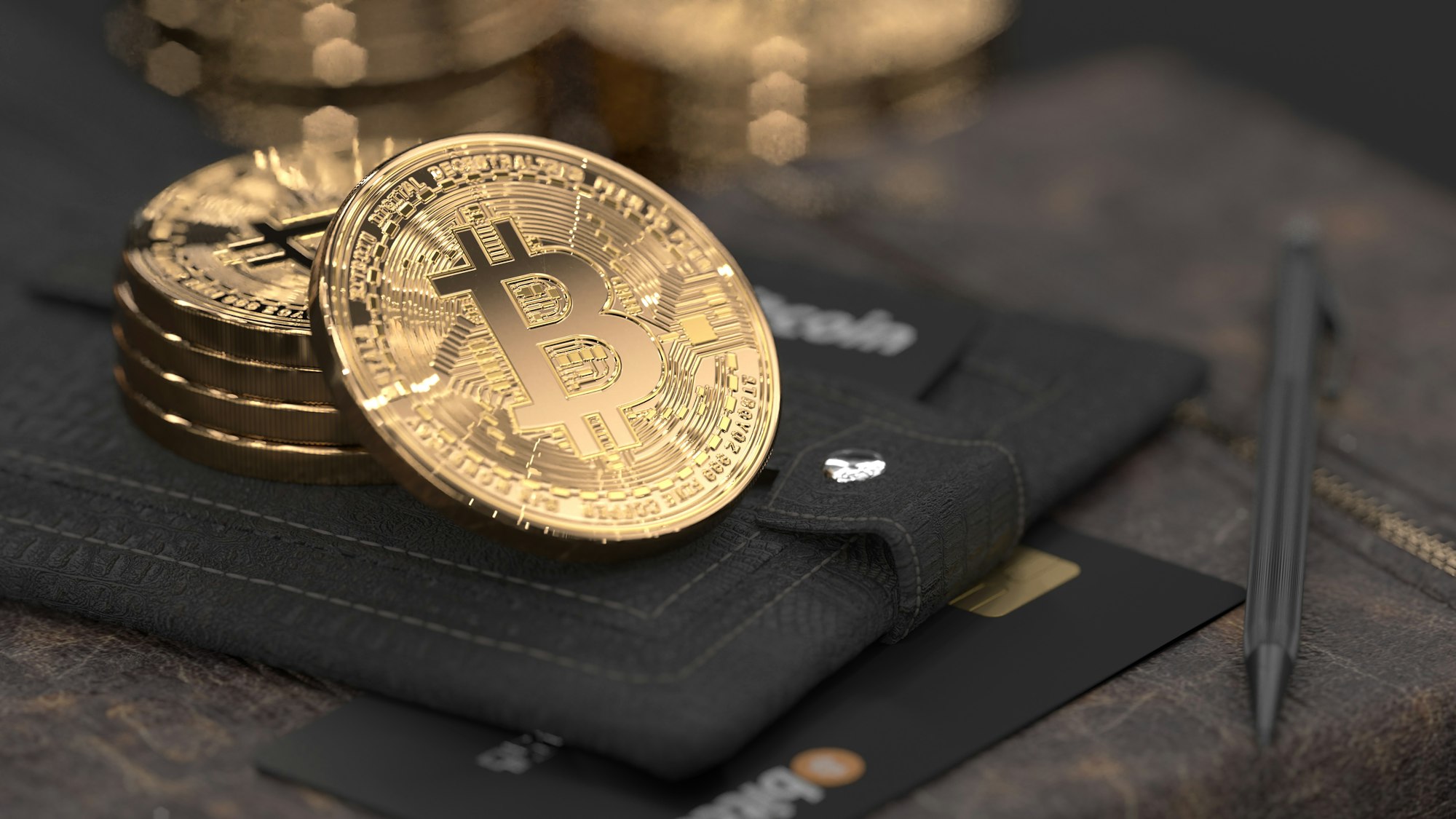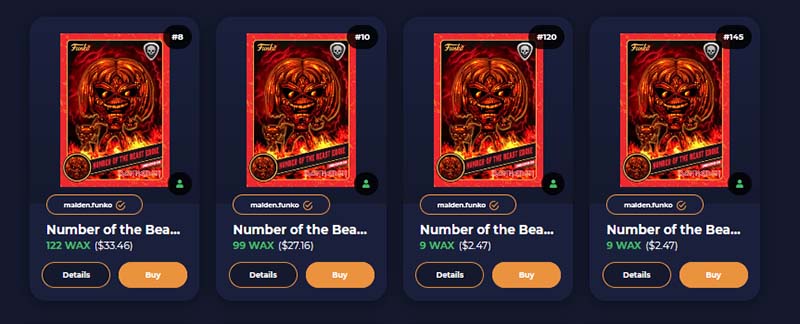The Ultimate Guide to Funko Daria NFTs
Join Droppp on July 2, 2024, at 11 AM PT / 2 PM ET for the launch of Funko Daria NFTs. Includes limited edition Funko Pops to collect!

If concepts like crypto and the blockchain still leave your head spinning, you'd be forgiven for being reluctant to ask - but we're here to explain (in simple language), just what NFTs are.
OK, starting with the basics, an NFT is a non-fungible token.
Fungibility is the idea of one token being capable of being replaced with another identical token - boiled right down, that means that a fungible token that you own could be swapped or replaced with another that matches all of its properties exactly.

This is basically how most cryptocurrencies work. If you own 1 Bitcoin (and congrats to you if you do) then, if you were to trade that with someone else, you'd end up exactly where you'd started (minus fees, of course). There would be no material difference between the coin you owned at the start of the transaction, and the coin you ended up with.
NFTs behave, by definition, in the exact opposite way. Each token that you own exists as a form of cryptocurrency that is distinct and entirely fixed. It may share a template with dozens, hundreds, or even thousands of other tokens, but the one that you own is unique to you.
The closest real-world approximation would be to think of NFTs like trading cards. While your favourite player may appear on thousands of cards, the one in your hand is uniquely yours. If you were to trade this, even for another copy of the same card, there is a material difference between where you started and where you end up. The condition, creases, marks and so on, cannot be duplicated, and that's before you consider trading one player's card for another, or even trading a baseball card for a Pokémon card. You might walk away with a card, but it might be wildly different from the one you started with.
Well, in simple terms, this is where the value of NFTs truly lies, in all senses of the word.
As every token is functionally unique, it's possible to ascribe value to them on an individual basis. That means that while two NFTs viewed side by side might appear to be identical, unique markers on one of them could make it inherently more valuable than the other.
Generally what we're talking about here is the Mint number - the sequential identifier that defines where in the template set your token falls. There's often big swings in value between the #1 mint, and the last card in the template. It's also common for mint numbers that correspond with important numbers in the real world (such as anniversaries, publishing dates, shirt numbers etc.) to also see a boost in value versus other tokens that share the template.

If we go back to the trading card analogy, if you were to pick up a numbered Tom Brady rookie card, the #12 card in the set is going to be the dream pull for Pats fans, but also in terms of monetary value on the secondary collector's market.
Now, if we return to the concept of fungibility, if you were to trade your #12 Tom Brady rookie card for a matching one that's #500, you might still have a card of your favourite player, but it wouldn't be the same, and you'd probably be out thousands of dollars to boot.
In the real world, pieces of art, collectibles, trading cards and so on, have an intrinsic value due to their limited nature.
NFTs function as a way of transferring that idea from the physical world into the digital space, while at the same time helping to solve the problem of easy duplication of content.
One of the common complaints about NFTs is that they are, in effect, a piece of digital content that can be copied or downloaded an infinite number of times. What NFTs seek to do is back that content with a digital certificate of ownership that travels with the file from user to user as it's traded back and forth.
This can be done securely as each token is minted against, and recorded in, a ledger known as a blockchain using smart contracts. Every time the token is traded, this shared ledger is updated, with a full transaction history travelling with it.

As these ledgers are immutable, they represent a secure way of tracking ownership of tokens, which is ideal for the purposes of collecting and trading, but there are many potential real-world applications of this technology as well.
The concept of smart contracts is also incredibly interesting, and represents some exciting possibilities - some of which are already being exploited, namely the idea of royalties that pay out to the original NFT creator every time a token is traded. What that means for the future of digital art is that the artist can continue to profit from their work each and every time it's sold.
This is a tricky question to answer, and it's getting more and more complex all the time.
At the most basic level, NFTs provide a fun way to engage with artwork and collectibles in a digital space that is reminiscent of real-world trading cards, or football stickers. If you've ever cracked a pack of Magic: The Gathering cards, filled out a Panini sticker book, or swapped baseball cards with friends, NFTs might be for you.
But there are many other opportunities afforded by NFTs.
For investors, NFTs are an interesting way of investing capital and speculating on what's popular, or what could become popular in the future. We've already seen staggering price tags attached to some NFTs, and artists such as Beeple have been able to leverage their social clout into real-world millions by pushing hard into the NFT space.
And as mentioned above, smart contracts within NFTs are a means of ensuring that artists and creators can continue to make money from their work, every time it changes hands.
As we look forward, it's likely that the utility of NFTs is only going to increase.
We're well into the first tranche of games backed on the blockchain, with NFTs operating as currency and even gear to be used within the game itself. Projects like HODL God and Niftyville are demonstrating what's possible right now, and we can expect future games development to lean even harder in this direction. Don't be surprised when AAA games developers begin to experiment with NFTs as DLC, perhaps that you can then sell on yourself once you're done with it.
But even that is just the beginning. The non-fungibility of these tokens has even wider ramifications in a world that's increasingly digital.
Where we stand today is not far beyond the bleeding edge of this new technology, but in a few years time, once it catches on in the mainstream, NFTs are likely to become far more than just a cool picture or video you keep on your PC.